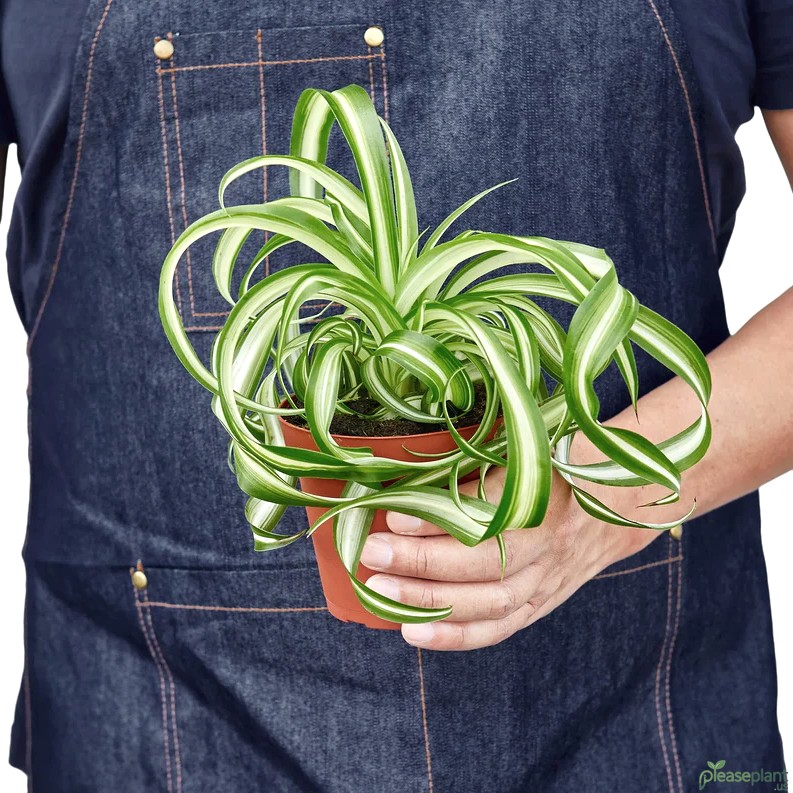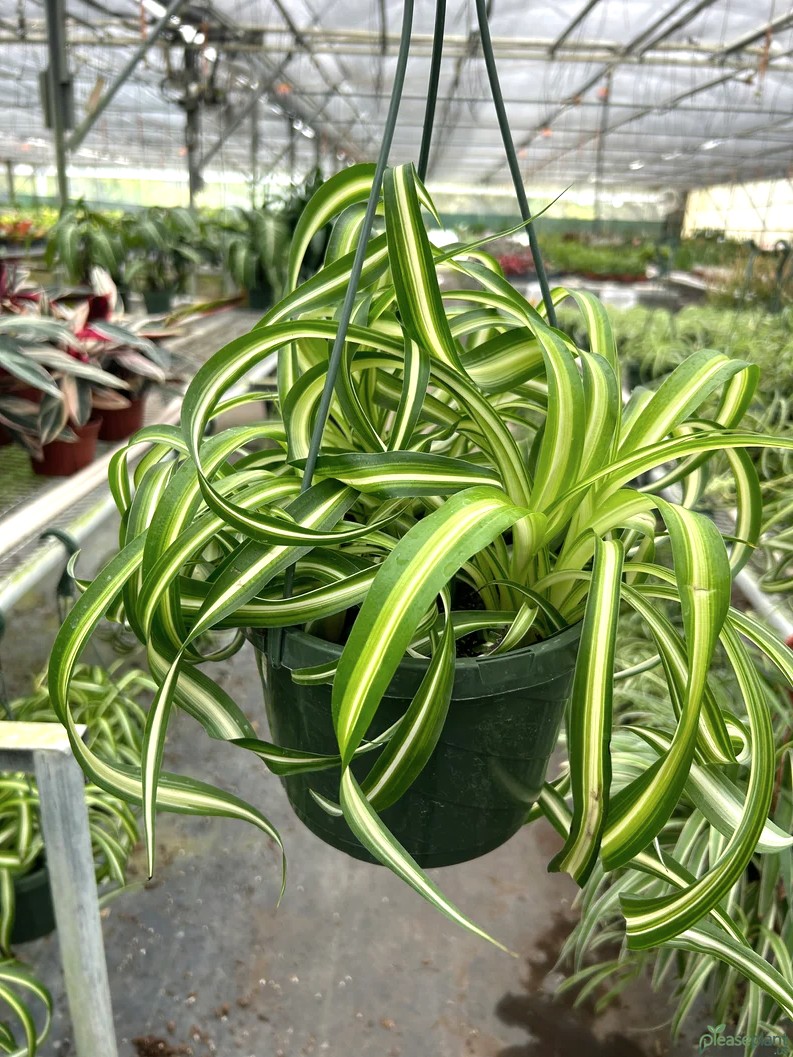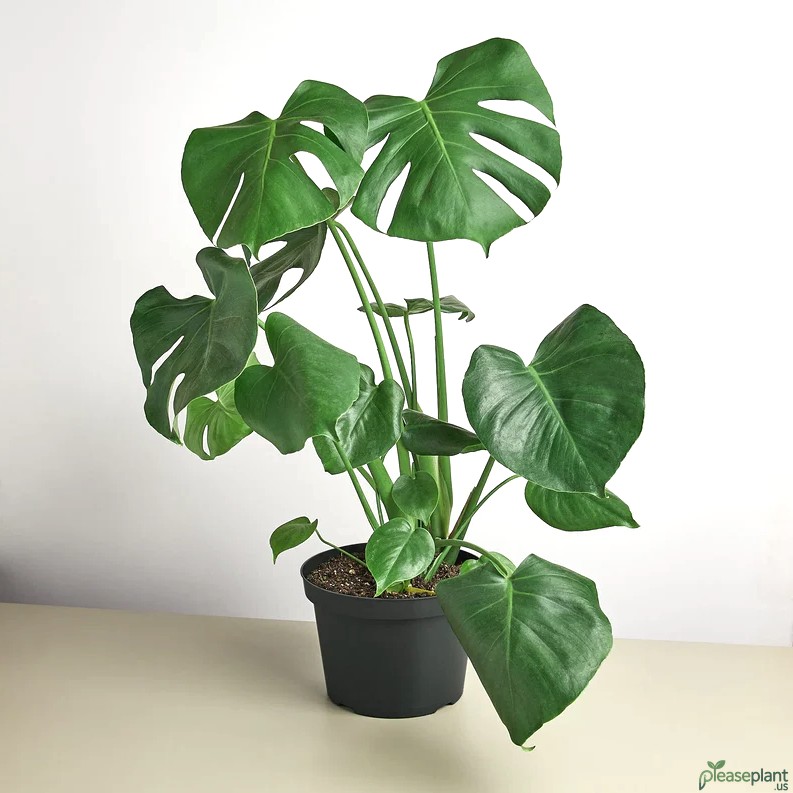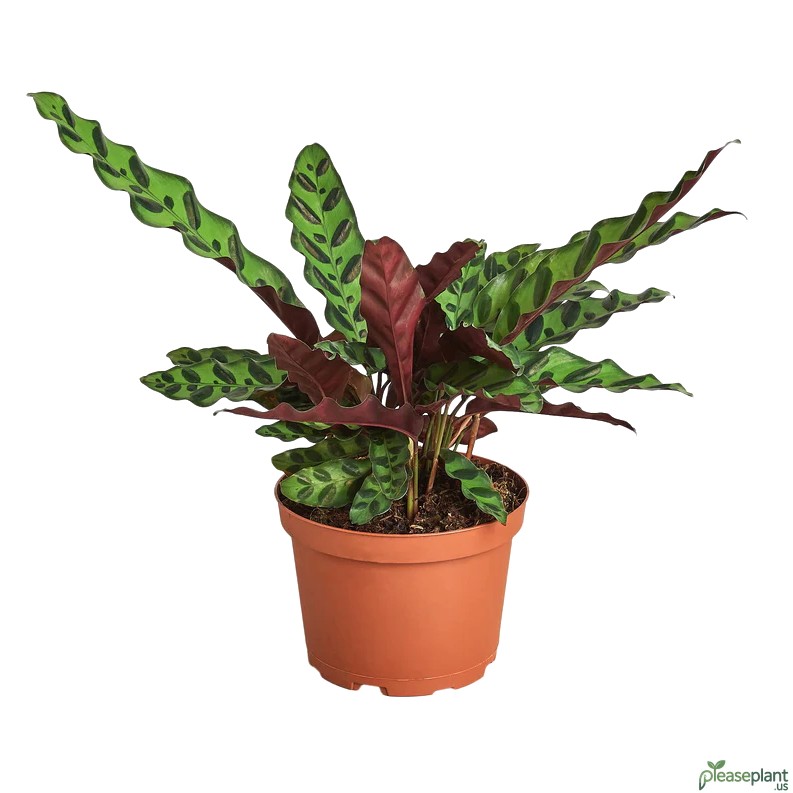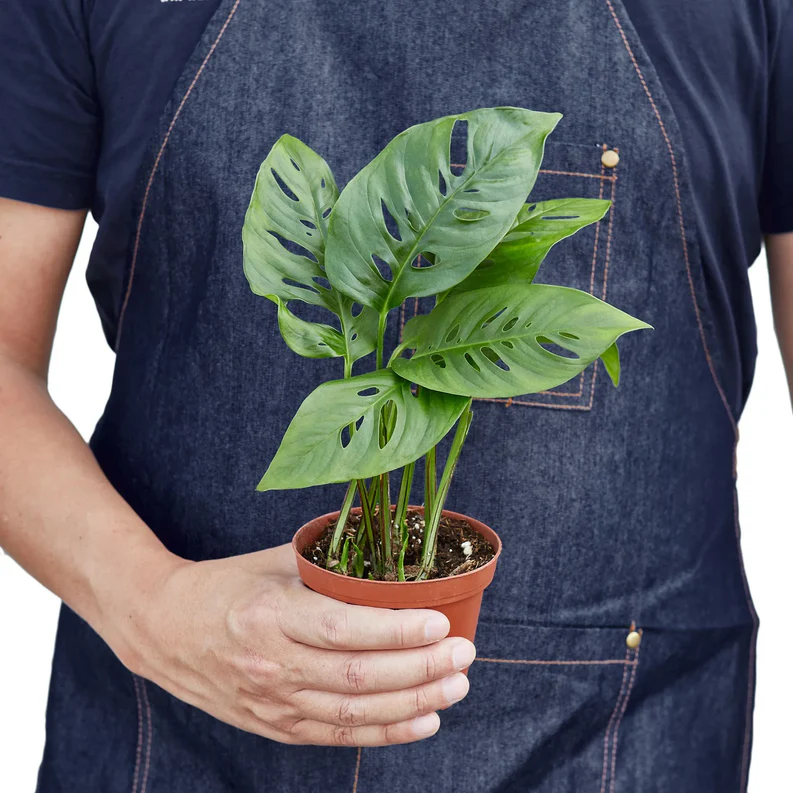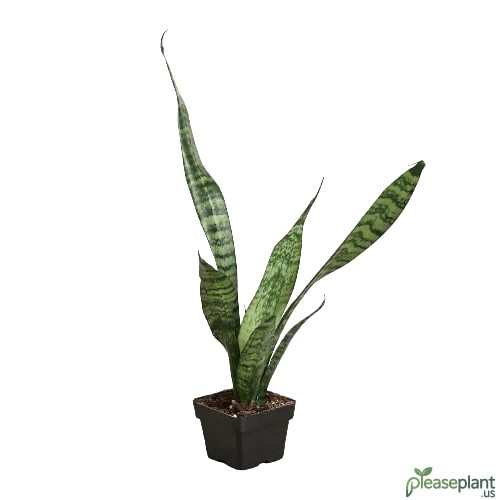The Curly Spider Plant, also known as Bonnie, is a beloved houseplant with its unique twisted leaves. But is it safe around cats, dogs, or other pets? Many pet owners worry about toxicity or harm. From my years of gardening and pet-owning, I’ll share the real scoop on keeping this charming plant in a pet-friendly home. You’ll learn tips on placement, potential risks, and how to keep your curious critters and plants both happy and safe.
A Twist in the Tale: Meet the Curly Spider Plant
If you're anything like me, you’ve probably fallen for the Spider Plant - Curly Bonnie Plant thanks to those curly, ribbon-like leaves that dance in the breeze of your windowsill. It’s a charming little green companion, easy to care for, and spruces up any room. But, before you bring one home, maybe you’re wondering, “Is this plant safe for my pets?” After all, my ginger cat once decided the fern was a buffet, and I learned the hard way.
Is the Curly Spider Plant Toxic to Pets?
Good news right out the gate: the Curly Spider Plant is generally considered non-toxic to cats and dogs. According to the American Society for the Prevention of Cruelty to Animals (ASPCA), it doesn’t pose a serious threat if nibble on. But don’t let that make you too relaxed! Even safe plants can cause tummy upset if your furball decides to chow down like a rabbit. I remember my beagle eyeing the leaves suspiciously every time I watered it, so I had to be a bit cautious.
Why Do Pets Love Spider Plants Anyway?
You might wonder why your pets are drawn to a plant that’s mostly just leaves and no tempting fruits or flowers. Well, the Curly Bonnie Plant contains compounds somewhat similar to mild hallucinogens in catnip. Cats especially might go wild, biting and pawing at the leaves, rolling around nearby, or even chewing on the plant. This behavior isn’t dangerous but can lead to a mess or mild digestive issues if overdone.
Tips to Keep Your Furry Friends and Curly Spider Plant Happy
From personal experience, placing your Curly Spider Plant in a spot that’s visible but slightly out of reach works wonders. Hanging baskets are perfect for this, as they keep the leaves away from curious noses and paws. If your pet is a determined climber or jumper, it might be trickier, but hey, gardening is always a bit of a challenge!
Also, watch for signs of overenthusiastic munching: drooling, vomiting, or lethargy. Usually, these pass quickly, but if symptoms persist, a quick call to your vet never hurts.
The Cleaning and Care Angle
One thing I learned the hard way is that while the Curly Spider Plant is low-maintenance, dust can accumulate on those curly leaves, making the plant less attractive and possibly tempting pets more. Regularly wiping the leaves with a damp cloth keeps the plant vibrant and less itchy for your pets. Plus, a healthy plant is less likely to shed leaves all over the floor, which your pet might find irresistible.
Final Thoughts on Your Plant-Pet Harmony
So, if you’re debating about adding a Curly Spider Plant to your cozy pet-filled home, don’t hesitate. It’s one of the safer houseplants out there, but like all good things, moderation and a little vigilance go a long way. Just remember, pets will be pets, and plants will be plants. Finding the right balance might take a little trial and error, but when it works, your home becomes a green paradise where everyone feels safe and loved.

